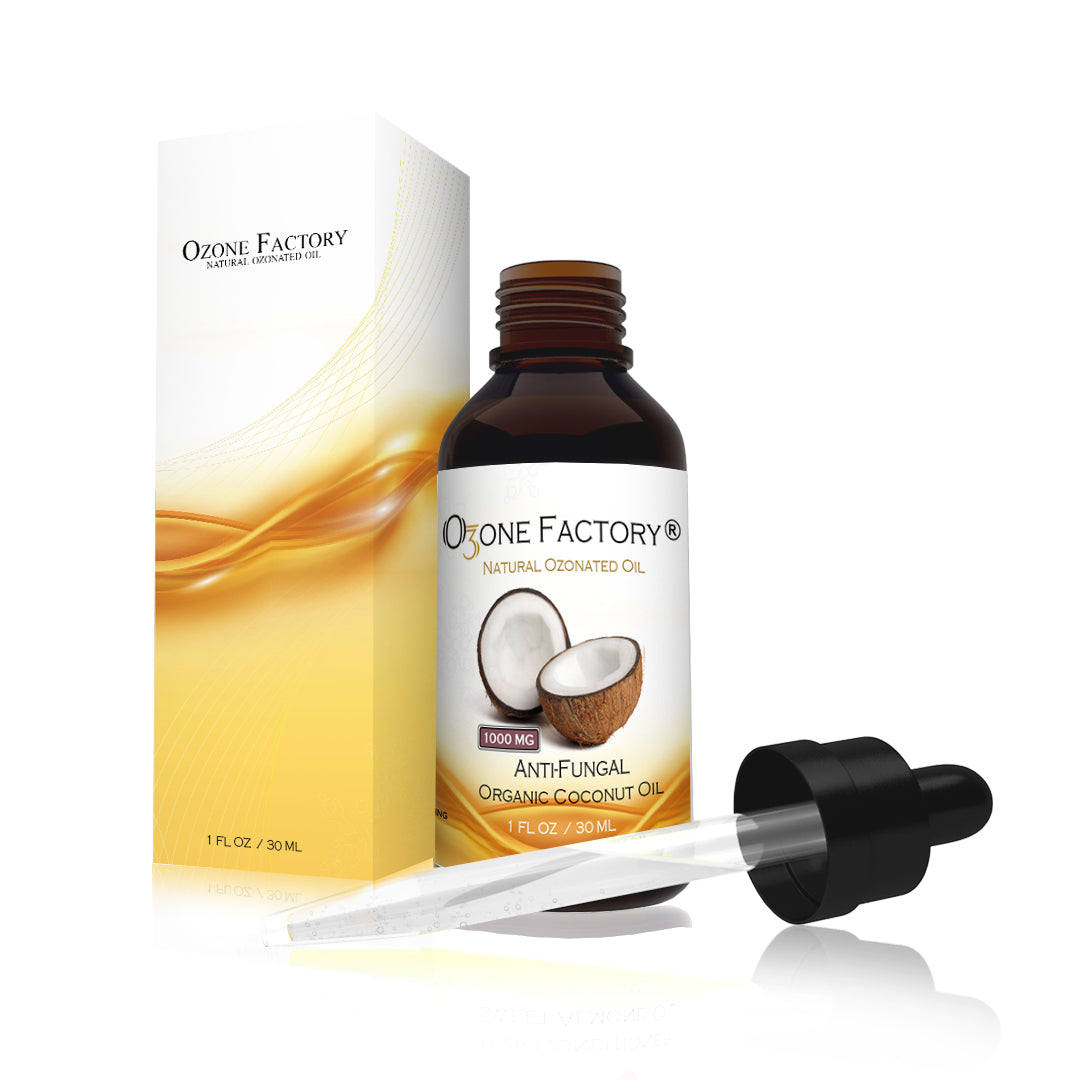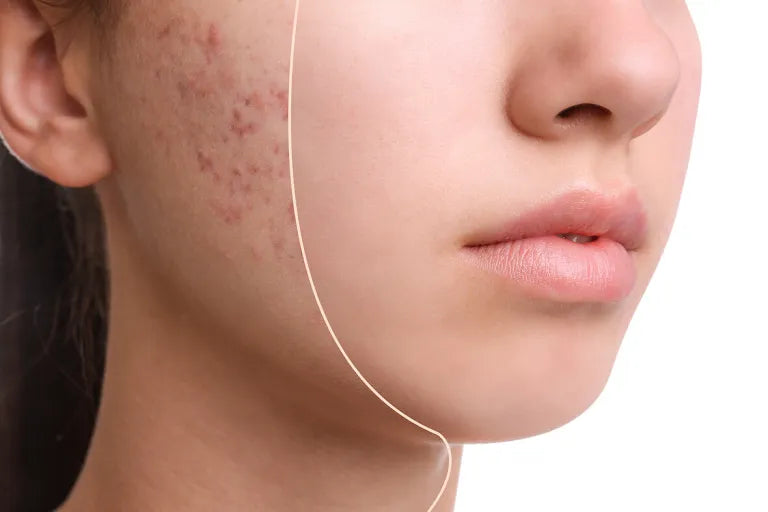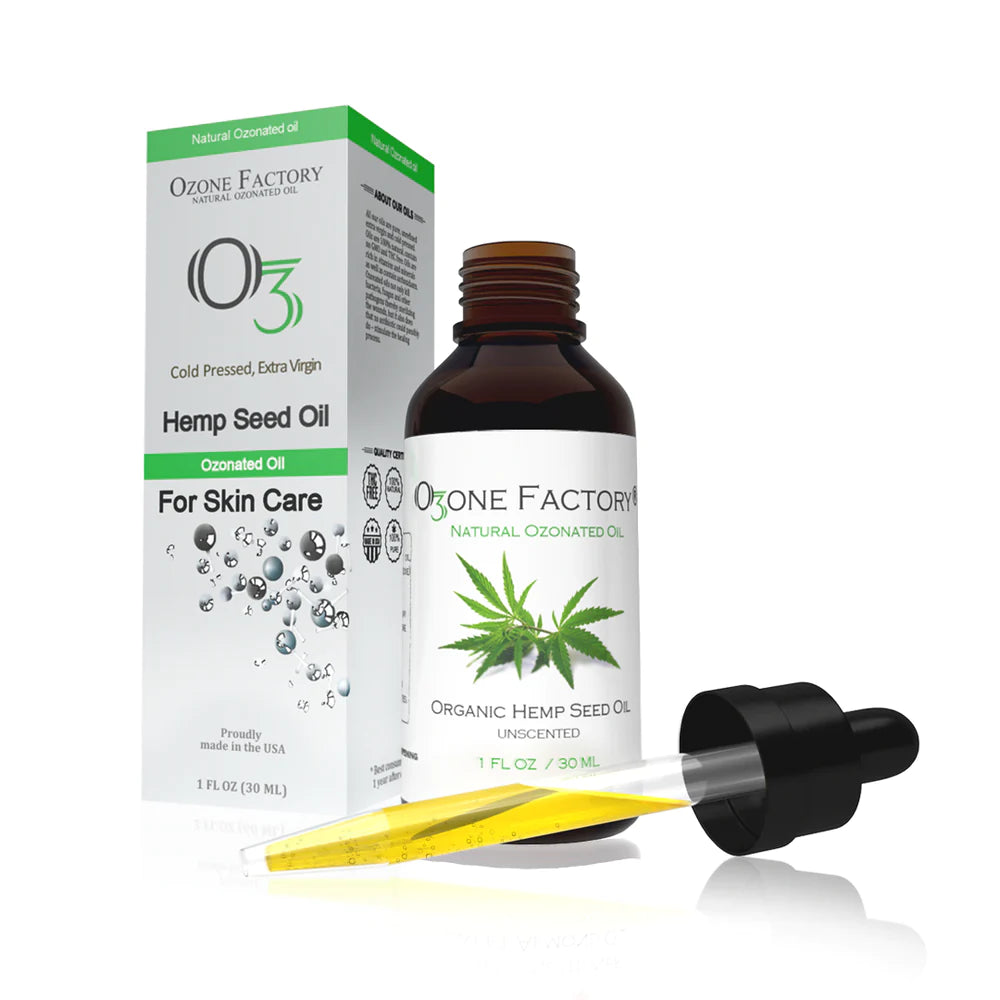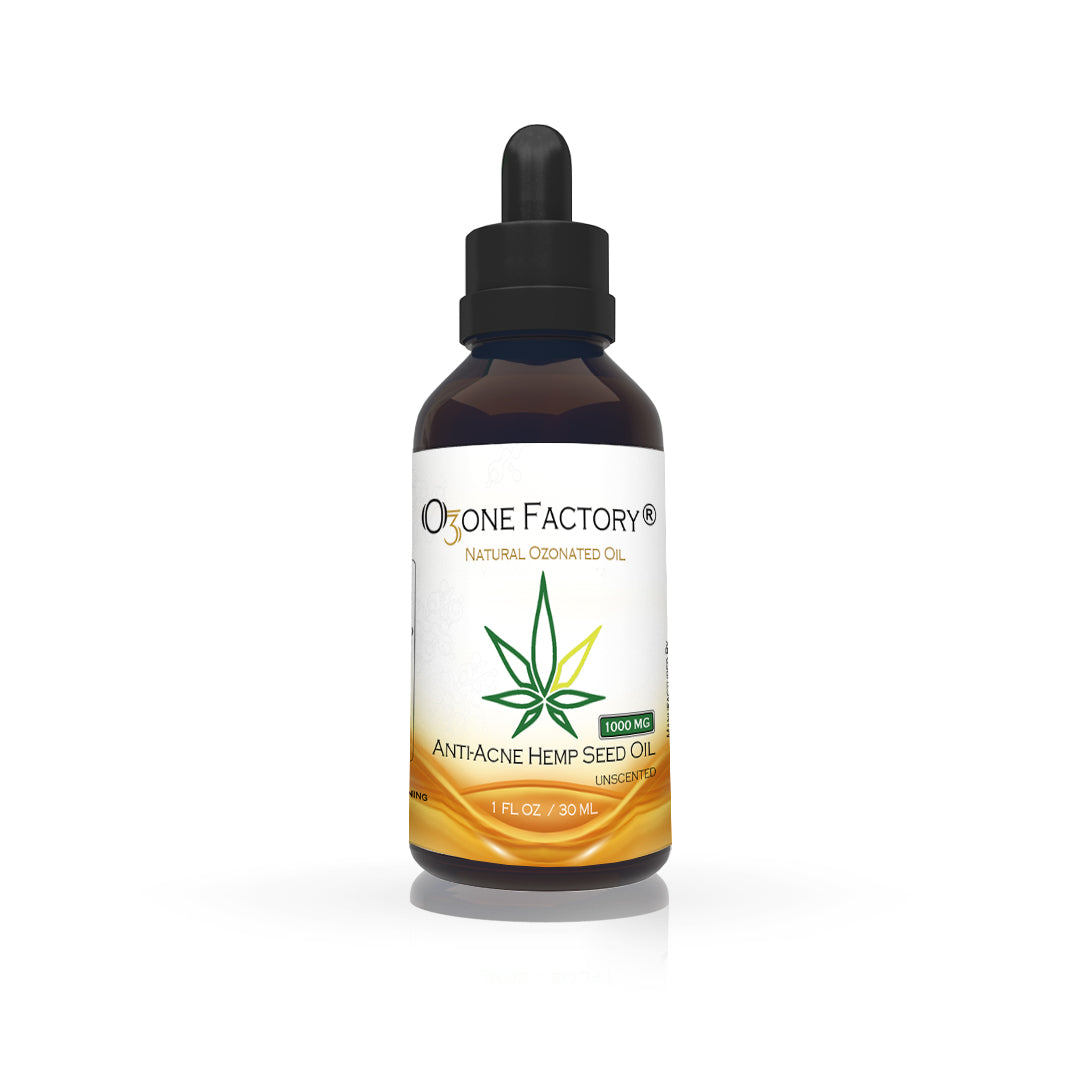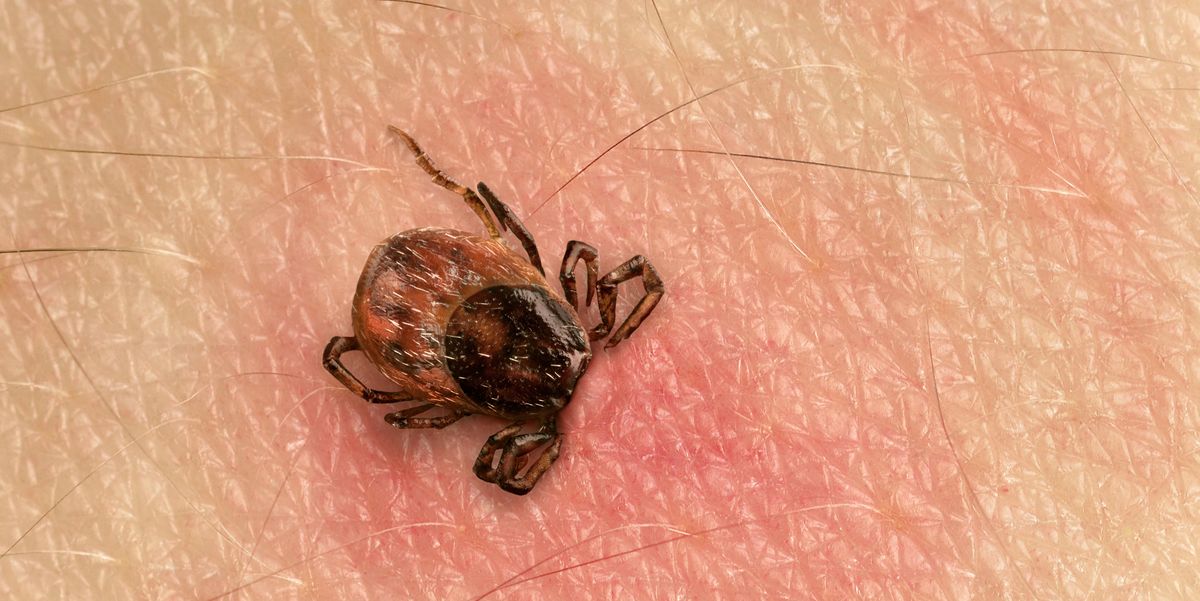
Lyme disease, a bacterial infection transmitted by black-legged ticks, continues to present significant challenges in diagnosis and treatment. Conventional antibiotic therapy, while effective if administered early, may fall short in addressing the complexities of this multi-system illness. As a complementary treatment, ozone therapy, including the use of ozonated oils, has emerged as a promising avenue in the quest for Lyme disease management.
Understanding Lyme Disease and Its Symptoms
Lyme disease, caused by the bacterium Borrelia burgdorferi, manifests in a spectrum of symptoms that can vary depending on the stage of infection. Early symptoms often include a distinctive bull's-eye rash, fever, fatigue, and joint/muscle pain. Left untreated, Lyme disease can progress to more severe stages, characterized by neurological, cardiac, and arthritic manifestations, along with cognitive impairment.

Conventional Treatments and Their Limitations
Antibiotics, the primary treatment for Lyme disease, may encounter limitations, especially in later stages of the illness. While effective in early infection, they may struggle to eradicate the bacterium once it has disseminated throughout the body. Additionally, antibiotic therapy can lead to adverse reactions and, in some cases, persistent symptoms even after treatment completion.
Exploring Ozonated Oils as a Complementary Approach
In the realm of Lyme disease, ozone therapy is thought to function by elevating oxygen levels in the bloodstream, potentially aiding in the eradication of the bacterium responsible for the illness. Furthermore, ozone therapy has the capacity to bolster the immune system, enhance blood flow, and alleviate inflammation, thereby potentially diminishing symptoms and fostering the healing process. Ozone therapy, encompassing various delivery methods such as ozonated oils, has garnered attention for its potential in Lyme disease management. Ozonated oils, created by infusing medical-grade ozone gas into carrier oils like olive or coconut oil, offer a potent blend of antimicrobial, anti-inflammatory, and antioxidant properties. These properties make them an attractive adjunctive therapy for targeting Borrelia burgdorferi and mitigating the inflammatory cascade associated with Lyme disease.

Clinical Evidence and Considerations
Several observational and case studies have documented favorable results from ozone therapy in treating Lyme disease, with reported enhancements in symptoms like fatigue, joint discomfort, and cognitive dysfunction. However, further research, including large-scale randomized controlled trials, is needed to establish the efficacy and safety of this complementary approach in Lyme disease management.
Conclusion
In the pursuit of effective Lyme disease management, a holistic approach that combines conventional treatments with complementary therapies like ozone therapy holds promise. Ozonated oils, with their multifaceted therapeutic properties, offer a natural and synergistic complement to traditional antibiotic therapy. However, the integration of ozone therapy into Lyme disease treatment protocols requires careful consideration, emphasizing the importance of informed decision-making and collaborative care between patients and healthcare providers. As research continues to unfold, ozonated oils stand poised as a valuable ally in the ongoing battle against Lyme disease, offering hope for improved outcomes and quality of life for those affected by this complex condition.


